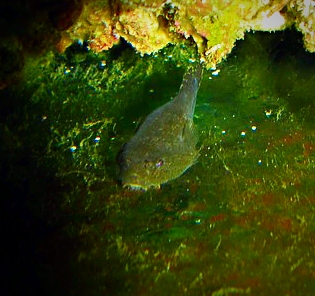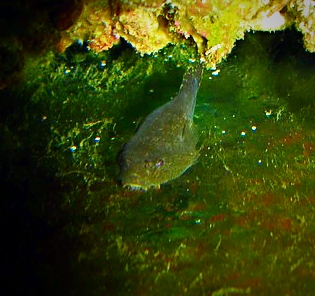- Joined
- Dec 12, 2018
- Messages
- 157
- Reaction score
- 102
Agreed. I changed my answer to better reflect yours. I do think it's possible to do and could be the better option for all coral but I personally have my sump open to see and needs to be semi clean as part of the set up also.I am not interested in SPS. I prefer filter feeders like sea apples, flame scallops and sponges which would not work with an SPS tank. None of the items I mentioned are beginner stuff.















